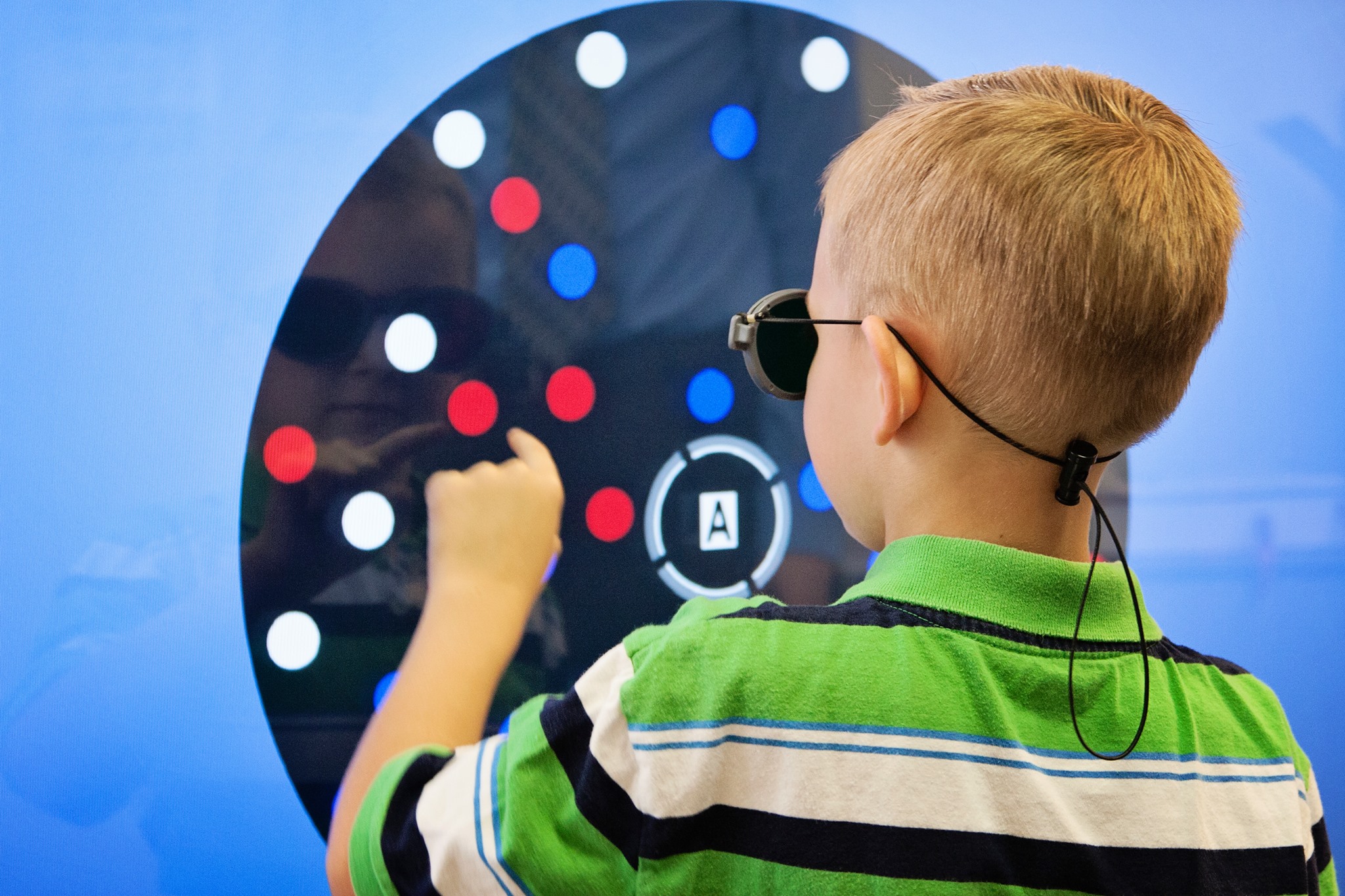Visual rehabilitation is a specialized therapeutic approach designed to improve vision by retraining the brain’s neural processes. When someone experiences visual challenges due to injury or neurological conditions, it isn’t just the eyes that need support—the brain plays a crucial role in how we see and interpret the world around us. Thanks to neuroplasticity, the brain can create new neural pathways, allowing areas affected by injury or trauma to regain function and restore essential visual skills.
The Science Behind Visual Rehabilitation
At the core of visual rehabilitation is neuroplasticity, which is the brain’s ability to adapt and form new connections. Visual rehabilitation taps into this capacity, using therapeutic exercises to strengthen the link between the eyes and brain. By activating specific visual pathways, rehabilitation helps the brain learn to process visual information more efficiently, even if the visual system was previously impaired.
What to Expect in a Visual Rehabilitation Program
Each visual rehabilitation program is tailored to meet the unique needs of the patient. Activities and exercises are specifically chosen to target the areas of visual processing, memory, and motor function that require support. During therapy, patients engage in guided exercises aimed at gradually retraining their visual system. Over time, this leads to improved visual processing and better coordination between the eyes and brain.
Key Areas Improved Through Visual Rehabilitation
Visual rehabilitation focuses on building and refining several critical visual skills:
- Visual Information Processing
This skill involves the brain’s ability to interpret and make sense of what the eyes see. Rehabilitation exercises help improve the processing of complex visual information, making it easier to navigate and interact with the environment. - Visual Memory
For many patients, remembering visual details, like patterns or objects, can be a challenge. Visual rehabilitation strengthens the memory pathways related to vision, improving the ability to retain and recall visual information. - Balance and Gait
Visual skills are closely linked to balance and movement. Rehabilitation exercises support balance by training the eyes and brain to work in harmony, helping patients feel steadier on their feet and improving their overall movement. - Motor Skills
Visual rehabilitation also enhances fine motor skills, which are essential for tasks that require precise movements, such as writing, drawing, or picking up small objects. Improved eye-brain coordination leads to greater control and fluidity in movement.
How Long Does Visual Rehabilitation Take?
The length of a visual rehabilitation program varies depending on the individual’s needs and the nature of the challenges they face. Some patients may experience improvement within weeks, while others may benefit from longer courses of therapy. The goal is consistent progress, with exercises that gradually build strength in the visual pathways to restore function.
Who Can Benefit from Visual Rehabilitation?
Visual rehabilitation can help anyone whose visual system has been impacted by trauma, injury, or neurological conditions. Patients with brain injuries, concussions, strokes, or conditions affecting visual processing often find rehabilitation immensely beneficial. By strengthening the brain-eye connection, visual rehabilitation enables patients to regain independence and improve their quality of life.
At Utah Vision Development Center, our visual rehabilitation programs are designed to support each individual’s unique needs. Our specialists are here to guide you on your journey to better vision and improved brain function. Reach out to learn more about how visual rehabilitation can help you or a loved one take the next step toward better visual health.





